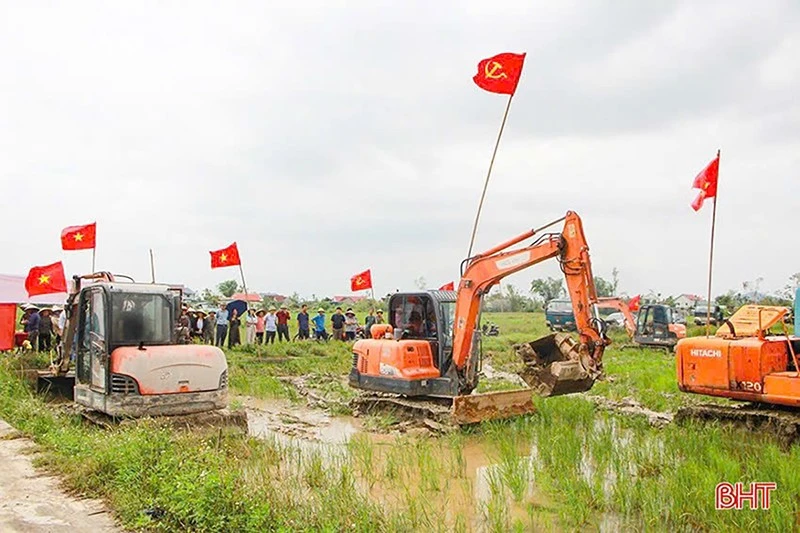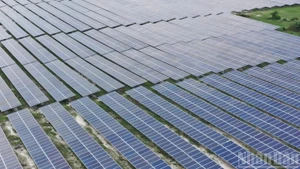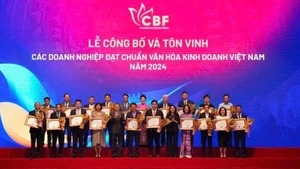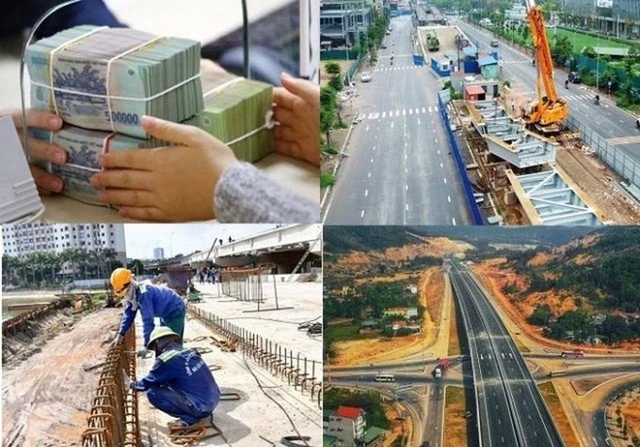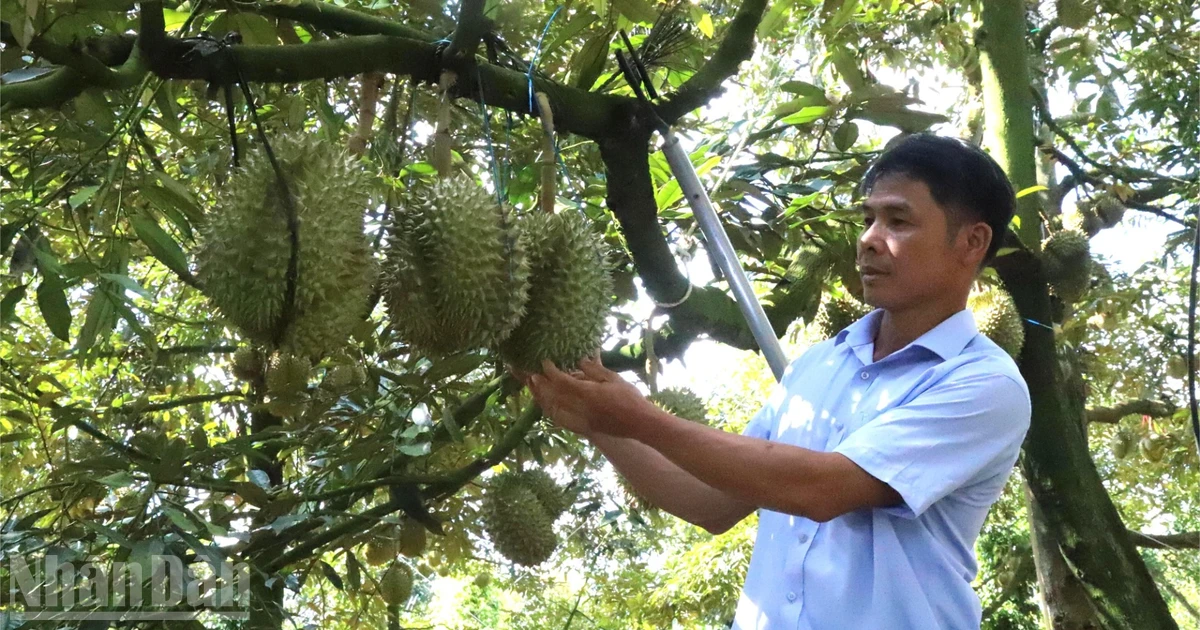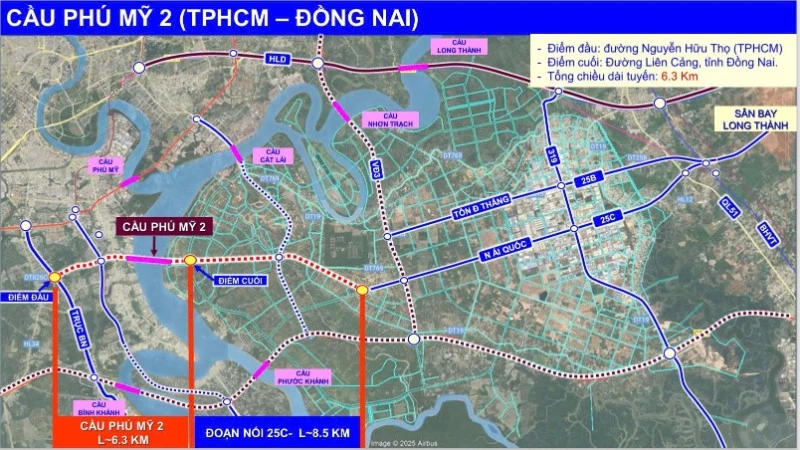In recent years, many major policies of the Party and the State - such as land consolidation, land improvement, the formation of large-scale fields, mechanisation, and the application of scientific and technological advances - have stimulated agricultural production, improving productivity and efficiency. The “four stakeholders” linkage model—connecting the State, scientists, farmers, and businesses—has been encouraged and implemented, resulting in many concentrated production zones with high economic value.
However, Viet Nam’s agriculture still faces numerous limitations: fragmented landholdings, small-scale production, limited mechanisation, and difficulties in land accumulation due to resistance to change. The cooperation among farming households often remains superficial and inefficient, while the linkage between farmers, cooperatives, and enterprises across the value chain, from production to consumption, remains weak. The mindset of “each to their one” has left the household economy operating in isolation, becoming a major bottleneck that hinders agricultural development today.
It can be said that the household economy has fulfilled its historical mission of ensuring self-sufficiency and national food security. At this stage, agriculture must shift decisively towards commercial production—clean, organic, smart, and circular farming. This requires each farming household to move beyond individual operations and engage in cooperation and linkage with one another and with enterprises to establish closed value chains, encompassing every stage from soil preparation and seed supply to fertilisation, processing, and product consumption.
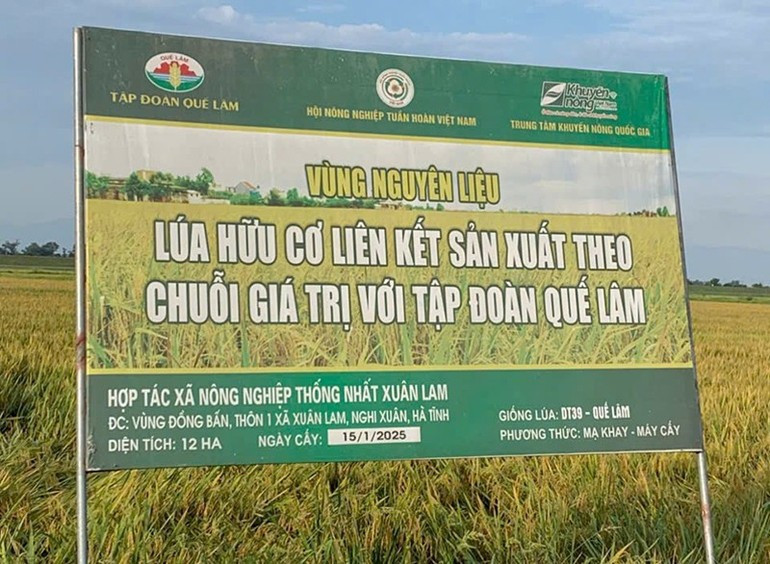
In essence, households remain the central actors in agricultural production, as they hold the key means of production—land. However, to avoid being left behind, household-based farming must transition from small-scale production to a cooperative economy through agricultural cooperatives. Through cooperatives, farming households can contribute land, share services such as ploughing, irrigation, seed supply, fertilisation, and plant protection, while also cooperating in product distribution. This helps reduce costs, enhance productivity and quality, and improve competitiveness.
To lay the foundation for large-scale production, it is essential to plan and establish model large fields, and to restructure land so that each household retains only one or two sizeable plots, making it easier to mechanise and apply scientific and technological advances. This is a prerequisite for developing concentrated production areas and forming strong linkages among households, cooperatives, and enterprises.
Local authorities need to adopt policies tailoured to the topographical and soil characteristics of each region, encouraging land accumulation and concentration, and supporting the establishment and growth of agricultural cooperatives. At the same time, businesses should be encouraged to take a deeper role in all stages of the agricultural value chain, from input supply to purchasing, processing, and distribution, thus forming a sustainable “three stakeholders” partnership: farmers, cooperatives, and enterprises.
In short, to remove bottlenecks in agricultural development, the fundamental condition is to shift the mindset from a household economy to a cooperative economy. This requires synchronised regional infrastructure, public consensus, and cooperatives and enterprises serving as the core drivers that connect farming households across the entire production and consumption chain. Only then can Viet Nam’s agriculture achieve sustainable, modern, and deeply integrated development.
